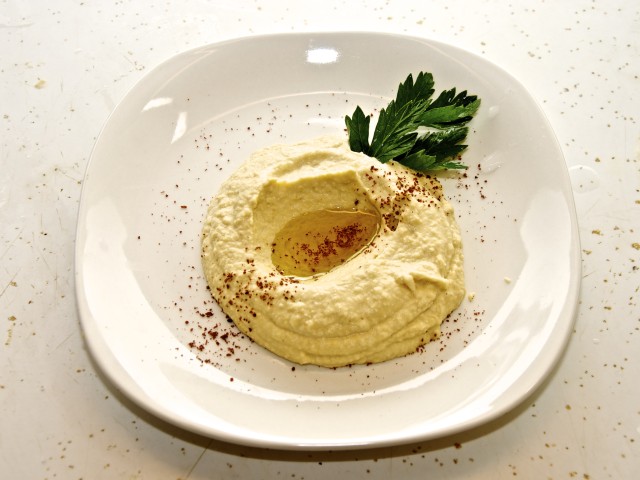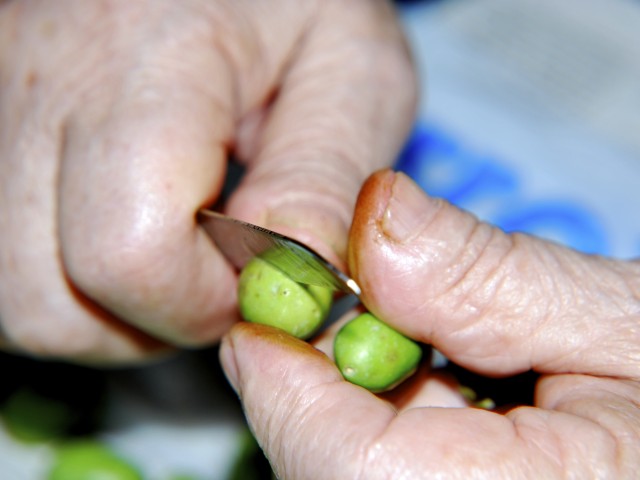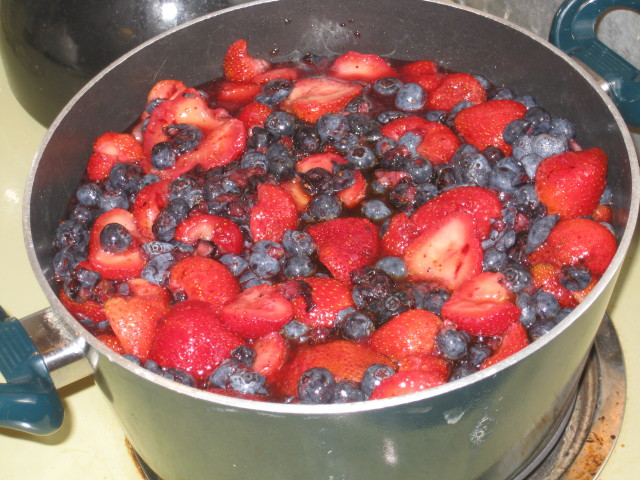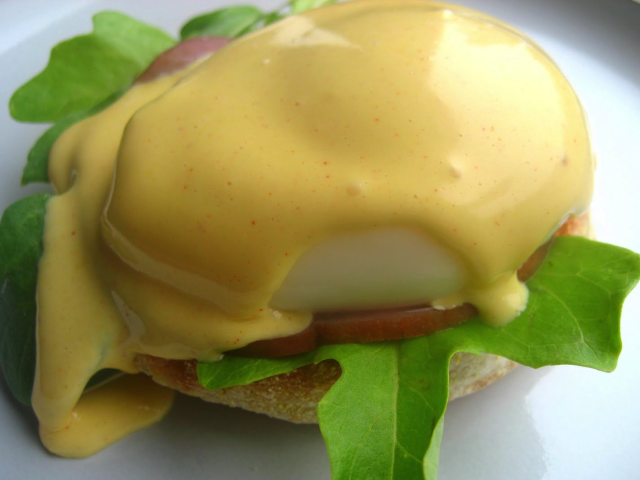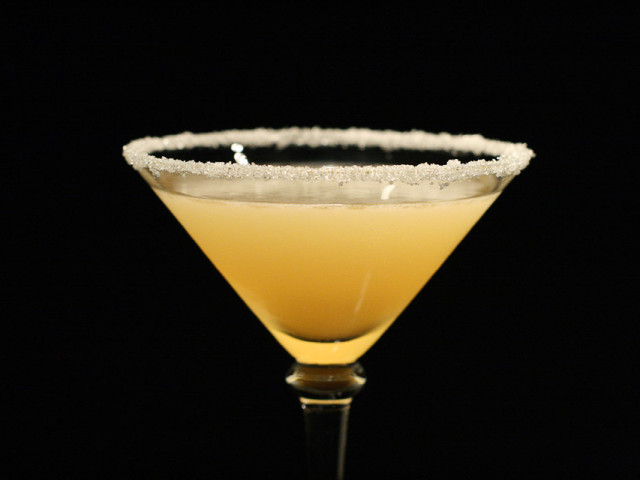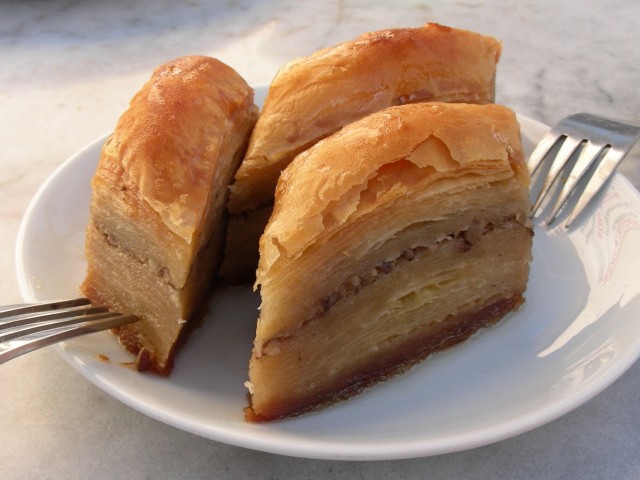
In this blog I don't usually make deserts. But when we do, they are amazing. Today I chose to make a simple cookie with big character. Cookies are not just a baked good that we eat. Making cookies is just a part of the process that makes a house a home. The moment the air is filled with the amazing aroma of the baked goods that is based on butter herbs and spices it becomes so much more homey, familiar and inviting. In this attempt I am making a somewhat odd, but familiar combination. I am inspired from the spring that finally decided to dawn up on us after a long and cold winter. I blend the aroma of spring herbs like rosemary, lavender and lemon to a cookie that has a mould texture and crumbly appearance.
Read More

